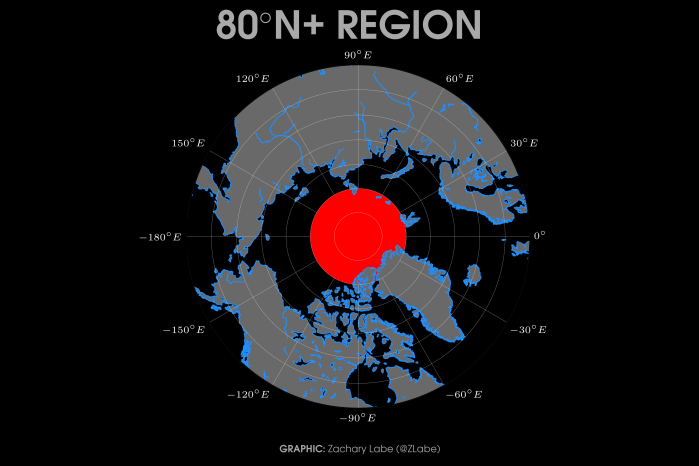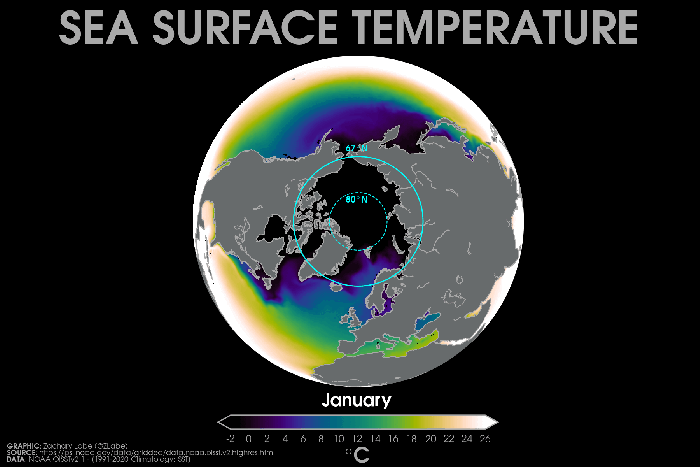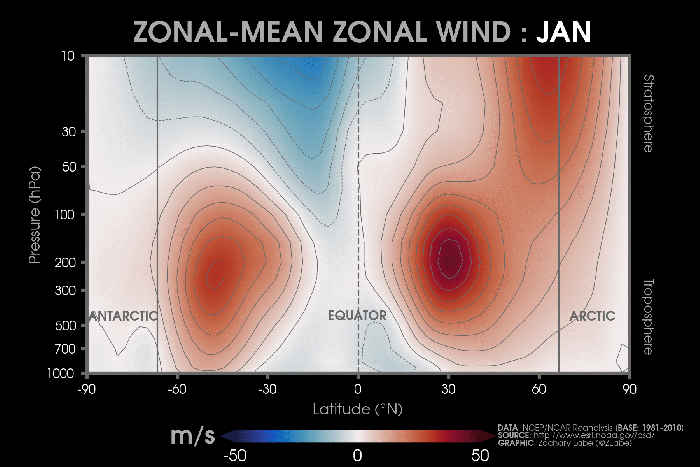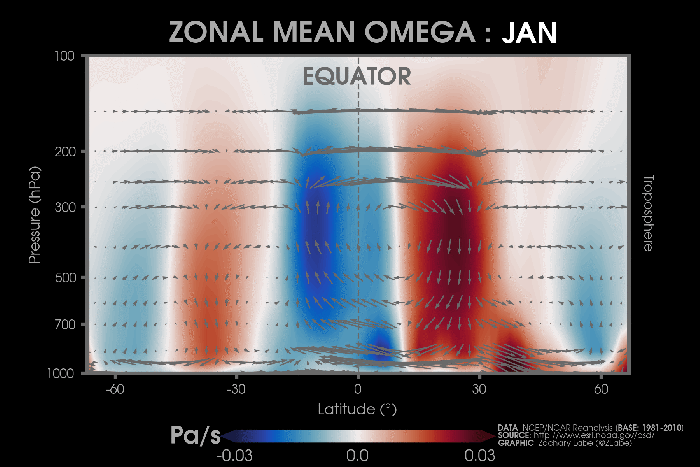Arctic Regional Variability


Sea Ice Seasonal Cycle


Astronomical Seasons




Arctic Large-Scale Atmospheric Circulation


Global Climate Seasonality




The views presented here only reflect my own. These figures may be freely distributed (with credit). Information about the data can be found on my references page and methods page.